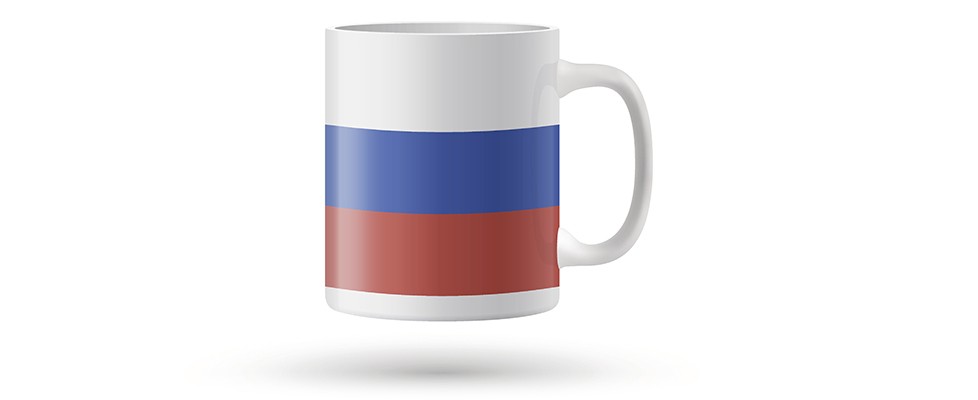Russia
In 1996, a law was passed in Russia that made healthcare a provision of the national constitution. As a result, all citizens have the right to healthcare through what is called, “Mandatory Medical Insurance.” This medical insurance, as the name suggests, is an obligatory for all citizens as opposed to being funded by taxpayer’s money. In 2000, significant reforms in the healthcare sector led to more public healthcare spending. As a result, life expectancy figures rose and infant mortality figures plummeted. In 2011, Vladimir Putin announced that more money would be funneled into the country’s healthcare system and that the obligatory medical insurance tax would be increase.
Healthcare Spending
In Russia, healthcare spending is low. In 2012, approximately 6.3% of the national GDP went to healthcare expenditures. That amounted to $1,474 USD per capita. In the World Health Organization’s (WHO) regional groupings, Russia belongs to the Europe region, where average spending is over $2,000 per capita. The CIA World Factbook ranks the Russian Federation as 103rd for healthcare spending among all countries in the world.
 Availability of Care
Availability of Care
Russia has a large health workforce compared to other nations around the world. There are 4.31 physicians per one thousand people, a statistic that is significantly higher than the regional average of 3.31 across the WHO European region. The number of nurses and midwives is also above the regional average, with 8.52 nurses and midwives for every one thousand Russians compared to 8.05 within the region. In addition, there is an adequate amount of hospital beds: 9.7 beds per one thousand people. These figures are well above those of other high-income countries, such as the United States or Australia.
Life Expectancy & Mortality
Life expectancy in Russia is low, with the average person living approximately 70.16 years. Although large differences exist between genders when it comes to life expectancy, in Russia this difference is even more pronounced. Women have an average life expectancy of 76.3 years, whereas men can expect to live for 64.37 years on average – a gap of over ten years. Men have a high mortality rate in Russia due to prevalent causes of death that include violent crimes, accidents, and alcohol poisoning. As a result, there are approximately 0.86 men per one woman.
 Other Issues
Other Issues
The Organization for Economic Co-operation and Development reviewed the Russian healthcare system in 2012 and found that the system was functioning poorly for several reasons. Firstly, Russians citizens engaged in unhealthy behaviors has contributed to high instances of non-communicable diseases, such as cardiovascular disease. Secondly, a large percentage of the population that fell ill were not able to access proper care. As the situation stands, budgets for individual regions across Russia vary greatly. In rural areas especially, access to care is limited and poverty is also a contributing factor. Finally, a third area of concern was the inability of the healthcare system to actually meet patient needs. Research showed that much of the time, medical facilities lacked supplies, pharmaceuticals, medical equipment and sanitation services. Funds have been allotted to improve these conditions.
